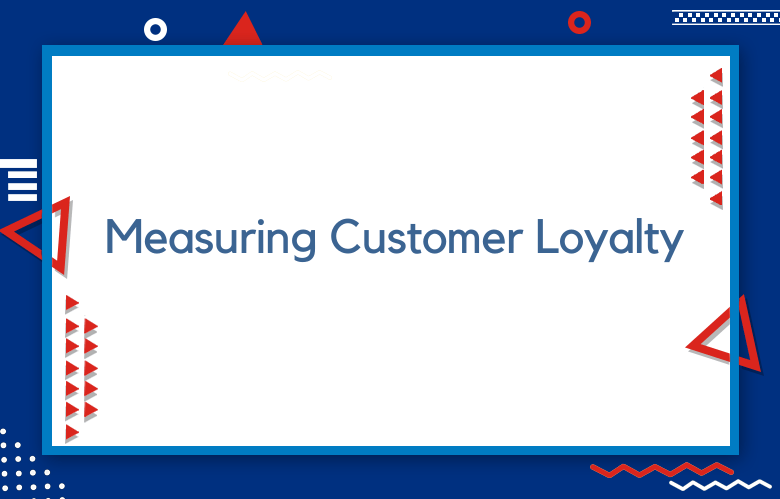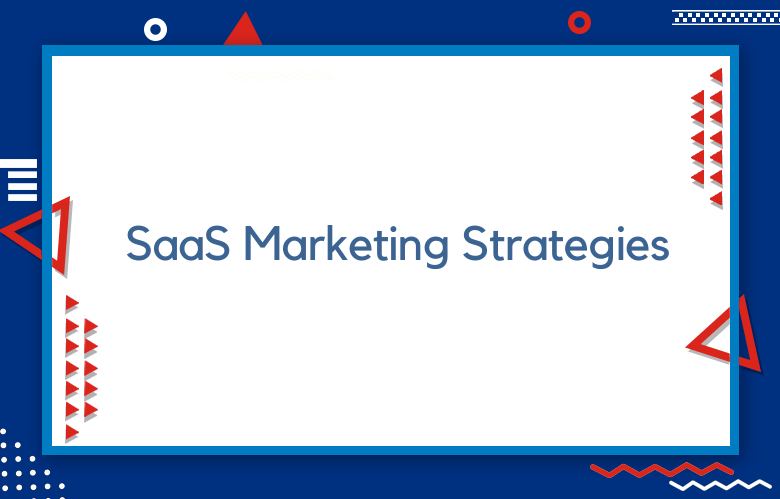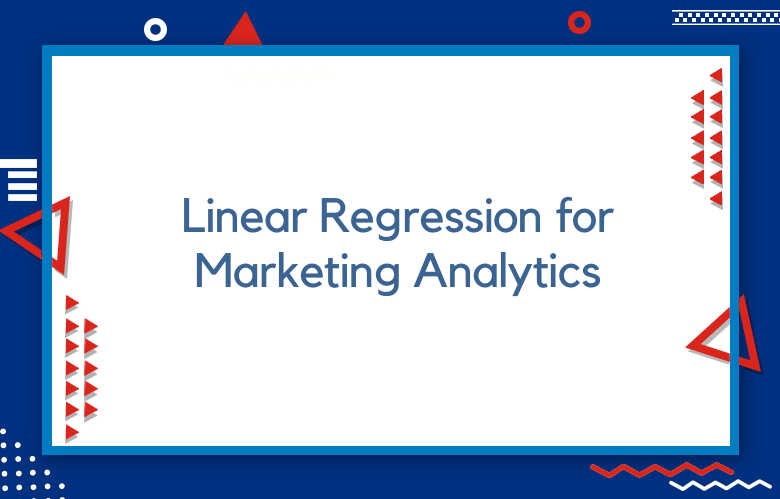Boost Your Business Through Measuring Customer Loyalty

Measuring customer loyalty is essential for businesses to understand customers’ needs and wants. Knowing if customers are satisfied with your products or services helps you develop relationships, increase sales, and build a loyal customer base. Let’s look at some strategies businesses can use to measure customer loyalty.
Strategies to Measure Customer Loyalty
Customer Satisfaction Surveys
The most effective way to measure customer satisfaction is through surveys. You can incorporate surveys into your website or send them out via email. The best surveys should be simple and easy to understand and provide actionable insights into your customers’ thoughts about your products or services. Additionally, surveys provide qualitative data that you can use to improve your customer service and product offerings.
Net Promoter Score (NPS)
The Net Promoter Score (NPS) is a popular method businesses use to measure customer loyalty. It works by sending out a survey that asks a straightforward question:
How likely are you to recommend our business/products/services?
Customers are asked to rate their answers on a scale from 1-10, with 10 being the highest score possible. It provides an overall view of how happy customers are with the company’s offerings and allows businesses to track changes in customer sentiment over time.
The Net Promoter Score (NPS) provides insight into how likely a customer is to recommend your product or service to friends or family. It’s based on responses to survey questions such as “How likely are you to recommend our product/service?” NPS can be combined with other metrics like CLV and CRR to understand how customers feel about your company’s offerings.
By tracking NPS over time, you can quickly spot any dips in loyalty or engagement so that you can take action before it affects your bottom line.
Social Listening
Social media has become increasingly crucial for businesses looking to measure customer loyalty because it provides a real-time platform where people can publicly discuss their experiences. Social listening involves monitoring social media platforms, such as Facebook, Twitter, Instagram, YouTube, etc., for mentions of your company or brand name and analyzing conversations around those topics. It helps businesses better understand their customers’ feelings towards their brand, leading to more targeted campaigns and increased customer retention rates.
Customer Lifetime Value (CLV)
One of the primary ways to measure customer loyalty is by understanding their Customer Lifetime Value (CLV). CLV measures the total revenue a customer brings to your business over their lifetime. It includes initial purchases, repeat purchases, and referrals or word-of-mouth promotions. Calculating CLV helps you understand which customers are most valuable and why they keep returning. It allows you to identify and target high-value customers with special offers or rewards and develop new strategies for increasing customer value.
Customer Retention Rate (CRR)
Another way to measure customer loyalty is by tracking your Customer Retention Rate (CRR). This metric measures the number of customers loyal to your business over time. To calculate CRR, divide the number of retained customers by the total number of customers at a given time and multiply it by 100%. A high CRR indicates strong customer loyalty and brand advocacy – essential factors for long-term success. Tracking this metric over time can help you understand what tactics are working and where there is room for improvement.
Customer Surveys
One way businesses can measure customer loyalty is through customer surveys. These surveys are designed to get feedback from customers on their experiences with your company. This type of feedback allows you to identify areas where you need to improve and highlight what customers like about your product or service. It also helps you better understand what motivates customers to stay loyal, which allows you to tailor strategies for increasing customer retention.
Repeat Purchase Rate (RPR)
Businesses can measure customer loyalty by tracking repeat customers over time. Tracking the number of repeat customers can give you an idea of their loyalty to your business and provide insight into why they choose to stick around instead of switching brands or services. This data can be used in a more extensive customer loyalty analysis and help inform future strategies for retaining and attracting new customers.
Upsell Ratio
The customer upsell ratio is an essential strategy for businesses to increase revenue. It refers to a company’s ability to persuade customers who have already purchased to buy additional goods or services that complement their existing purchase. By upselling customers, companies can maximize sales and enhance the customer’s overall experience with the brand.
Upsell strategies can effectively boost profits and customer loyalty by providing customers with additional value at no extra cost. For example, a business could offer customers a discounted upgrade on their current purchase. This type of upsell provides customers with additional features or services that benefit them while increasing the company’s revenue.
Additionally, strategically placed cross-sells can be used as part of an upsell strategy to ensure customers are aware of any complementary products the business has available. Additionally, promotional offers such as free shipping or discounts on multiple purchases help capture customer attention and encourage them to purchase more than one product.
When executed correctly, an effective customer upsell ratio can significantly increase a business’s bottom line while providing added customer value. Companies should carefully consider which type of upsell offer suits their target audience and provides the most benefit. Recommendations should also be tailored to each customer’s lifecycle stage to maximize revenue potential and improve customer experience.
Furthermore, businesses should track their results regularly to adjust their strategies and measure progress. By optimizing its upsell ratio, a company can maximize its revenue potential and create lasting customer relationships by providing valuable experiences that increase customer loyalty and satisfaction.
Customer Loyalty Index (CLI)
The Customer Loyalty Index (CLI) measures customer satisfaction and loyalty to a company or brand. It looks at customers’ emotional connection with a product or service and the degree to which they would recommend it to others. It can be used to identify areas needing improvement or where there are growth opportunities. A high CLI score indicates that customers are happy and engaged with a product or service, while a low score suggests that customers may be dissatisfied and disengaged.
There are several different methods of calculating the CLI, but most involve asking customers about their experiences with a product or service. Questions may include how satisfied they were with their knowledge, whether they would recommend it to others, and how likely they would purchase from the same company or brand again.
The answers are then used to calculate an average score for each category. The higher the score, the more loyal and engaged customers are with the product or service. Additionally, companies can use these scores to track changes in customer loyalty over time, allowing them to make changes where necessary to improve customer satisfaction.
Active Engagement Rate (AER)
Active Engagement Rate (AER) is an essential metric for customer engagement. It measures the percentage of customers actively engaging with a company’s products and services. A high AER indicates that a company is doing well in customer engagement, while a low AER shows that improvements are necessary to increase engagement. Companies should strive for an AER of at least 80%, which indicates that they provide excellent products and services that customers find appealing.
An excellent way to improve AER is to focus on creating and maintaining customer relationships. Customer relationship management (CRM) involves understanding customer needs, values, concerns, and preferences to build loyalty. Companies should focus on delivering value to their customers through personalized experiences with helpful customer service and unique features or offers.
Additionally, companies should use effective communication strategies, such as email marketing campaigns or social media posts, to connect with their customers and create meaningful engagement opportunities. These efforts will help build a loyal fanbase, which will, in turn, increase the Active Engagement Rate over time.
Redemption Rate
The customer redemption rate measures the effectiveness and efficiency of a company’s loyalty program. It indicates how successful businesses reward their customers for loyalty and engagement. A high customer redemption rate suggests that customers actively engage in activities that earn them rewards, such as signing up for newsletters, referring friends, or completing surveys.
In addition to improving customer satisfaction, a higher customer redemption rate can increase sales and revenue as customers take advantage of the incentives they receive.
Customer redemption rates can be measured by tracking the percentage of customers who redeem their rewards versus those who do not. Factors that contribute to higher redemption rates include:
- Providing engaging tips that have real value to the customer.
- Offering incentive programs that encourage ongoing participation.
- Simplifying the process so customers can easily understand how to redeem their rewards.
An effective communication system is essential for customers to know about available promotions and opportunities to earn rewards. Companies should also consider offering tips based on various factors, such as spending level, frequency of purchases, or personalized preferences, to ensure an exciting and relevant experience for each customer.
Finally, businesses should always strive to improve their redemption rate by collecting customer feedback on what rewards they appreciate most to provide personalized offers tailored to each person’s interests.
Customer Engagement Score (CES)
Customer Engagement Score (CES) is a metric used to measure how customers interact and engage with a business. It can be measured through various methods, such as surveys, questionnaires, focus groups, customer feedback, sentiment analysis, and other customer research. The CES aims to track customer engagement metrics over time to assess the effectiveness of a company’s customer service efforts.
The Customer Engagement Score (CES) considers various elements influencing customer engagement. These include customer satisfaction and loyalty, frequency of visits or purchases, response rates to communications and promotions, the proportion of customers who use additional features or products, and more. With this score, businesses can measure how their customers engage with their brand and identify areas for improvement.
Companies can also use the CES to understand their marketing campaigns’ impact on customer engagement levels by looking at changes in overall engagement scores before and after the Crusades were launched. Additionally, the CES can give businesses insights into how well their customer service representatives are performing by tracking changes in engagement scores before and after support inquiries have been handled.
By using this metric, companies can better understand their customers’ needs and expectations and use it to create more tailored experiences that will lead to higher levels of engagement in the future.
The Benefits of Measuring Customer Loyalty
Measuring customer loyalty helps businesses understand their customers better. Knowing more about your customers allows you to tailor your products or services to meet their needs more accurately, which increases the likelihood that they will remain loyal to your brand. Additionally, measuring customer loyalty can provide valuable insights into areas such as customer service and marketing campaigns – providing an opportunity for improvement in both places.
Measuring Customer Loyalty Effectively
It’s essential to be strategic when measuring customer loyalty. One way to do this is by segmenting customers according to various parameters such as age, gender, location, and purchasing habits. It will help you better understand your target audience and where they stand on the loyalty spectrum. You can also use surveys or questionnaires to collect data from individual customers about their experience with your business – providing invaluable feedback that can help you improve your offerings and increase customer satisfaction.
Customer Loyalty Measurement Consulting
Customer loyalty measurement consulting services are designed to help businesses build a more loyal customer base. Through research and analysis, these consultants can better understand what drives customers to remain faithful and increase their lifetime value. One of the primary goals of customer loyalty measurement consulting is to create a framework for understanding customer behavior over time to make more tailored offerings that drive repeat business.
By tracking data, such as purchase history and survey responses, consultants can identify current or potential customer segments who might be more likely to become loyal customers.
Furthermore, customer loyalty measurement consulting can also look at how marketing campaigns have impacted customer loyalty in the past and draw insights from that data that apply today. For example, a consultant may recommend strategies for increasing engagement through targeted promotional offers or improving communication between different levels of customers.
Additionally, implementing strategies to increase brand-building activities’ visibility can help reinforce loyalty among existing customers while driving new customers toward the company’s products or services. It is essential to understand how various channels interact when developing a strategy for measuring and improving customer loyalty because different channels may impact one another.
For instance, increasing email communications could increase website visits, increasing overall customer loyalty measurement consulting services and providing businesses with valuable insights into their customers that can be used to increase conversion rates and profitability over time. Through deep analysis and strategic planning, these consultants equip companies with unique tools that allow them to make well-informed decisions about their product or service offerings and their overall marketing strategy.
This type of consultancy ensures that organizations remain competitive in today’s ever-changing market by giving them access to accurate information about consumer behavior patterns and trends so they can tailor their products or services accordingly.
Conclusion
Measuring customer loyalty is essential for any business looking to succeed in today’s competitive marketplace.
By incorporating surveys, net promoter scores, and social listening into their marketing strategy, businesses can better assess how their customers feel about them—which will help them craft more successful campaigns that drive sales and retain existing customers.
With the right approach in place, measuring customer loyalty doesn’t have to be complicated—it can be pretty beneficial!
Call: +91 9848321284
Email: [email protected]



